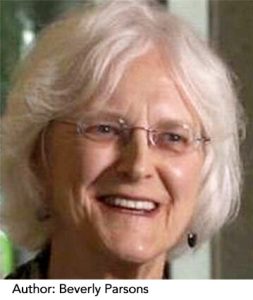 Kitsap County is updating its Comprehensive Plan—a blueprint for local policies, planning and capital facility investment with long-term implications for Kitsap residents’ quality of life and the county’s environmental health.
Kitsap County is updating its Comprehensive Plan—a blueprint for local policies, planning and capital facility investment with long-term implications for Kitsap residents’ quality of life and the county’s environmental health.
It is an opportunity to revise population and employment growth targets with up-to-date data; review goals, policies and regulations; and write new policies based on community priorities. It’s important that you make your views known to the county commissioners, advisory groups and staff involved in this planning process at complan@kitsap.gov.
The overarching decision is about land use. The county uses three alternatives about land use as the organizing framework for an environmental impact statement. Because North Kitsap has considerable land classified as rural, the choices among the alternatives are especially important to the North End. The three alternatives distribute growth differently based on regional plan goals, growth targets, requests for reclassification (rezoning) of properties and local circumstances.
Kitsap’s three alternatives can generally be described as:
- Alternative 1—No Action: No changes are proposed in maps, policies and regulations. This accommodates the least growth in population, housing and employment. This alternative continues current land use, urban growth area sizes and configurations, zoning and development regulations. It does not accommodate population and employment growth or document its environmental impacts or capital facility needs. This alternative does not meet the requirements established by the state and regional entities. It is a baseline for change rather than a viable alternative.
- Alternative 2—Focused Growth/Urban Center Focus: Population, housing and employment growth is focused in existing urban areas such as Silverdale and Kingston with policies to incentivize more diverse housing types such as townhomes, multi-family and cottage housing. Rural uses remain the same, and policies are developed to set greenhouse gas emission targets and provide greater tree canopy in urban areas. This alternative accommodates the most population growth focused within UGA boundaries to meet housing targets.
- Alternative 3—Dispersed Growth: This alternative distributes growth similar to historic trends. It is single-family-centric with limited multi-family opportunities or incentives. Urban areas are expanded to accommodate growth and some additional rural development is allowed for housing and jobs. The population is spread in a larger geography than the other alternatives but overall includes less population, housing and employment growth than Alternative 2. It would include most rezoning requests except those that are GMA-non-compliant (e.g., urban zones in rural areas). This alternative includes no new incentives or regulatory revisions for urban center development.
There are two ways for the public to communicate its views:
- Written comments: Clearly identify the property/area or policy you are referring to and make specific comments about why you do or do not support a proposed change or are suggesting a change that is not in one of the alternatives.
- Public oral comments: Attend county commission meetings or the county’s many advisory groups (in-person or via Zoom). To find advisory groups, go to www.kitsapgov.com. Click on County Advisory Groups to see which groups seem relevant to your interests and concerns.
County commissioners will make a decision likely in April 2024 about the “Preferred Alternative.” It can draw from all three of the alternatives. While the commissioners are expected to act in accord with the state Growth Management Act there is room to make decisions about rezoning that have been requested by landowners. If you support or are opposed to certain rezoning requests, make your voice heard. County commissioners will likely have a public hearing in early 2024.
Beverly Parsons is a social researcher who works extensively with government and community initiatives and is an active contributor to the Comprehensive Plan and environmental projects.

